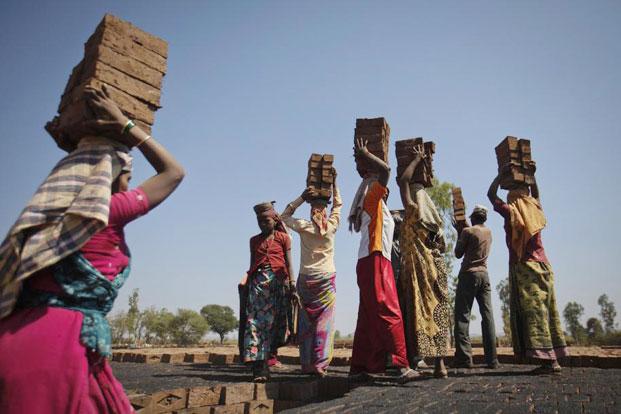West Bengal Government always has the interests of the people at the top of the list of priorities. The government is committed towards providing employment opportunities to the youth, as well as ensuring the rights of the workers.
The Government is committed to reviving the work culture, which is reflected in the reduction in the decrease in the number of man-days lost due to strikes.
Social security of the labourers is also top priority for the All India Trinamool Congress led Maa, Mati, Manush Government.
Some of the achievements of the Labour Department:
New Employment Bank to provide new opportunities: The number of verified and registered employment-seekers so far after the Employment Bank portal was introduced in July 2012 is approximately 15 lakh. The number of verified and registered employers is 279 (as of 31.01.2014).
New Dimension Yuvashree Project: We have introduced the Yuvashree Project in order to provide the unemployed youth with monthly incentives. The project, with the message `Do away with despair, build up life,` is being implemented from October 2013. A decision to grant Rs 1500 as allowance to the first 1 lakh eligible employment-seekers registered with the New Employment Bank, to provide new opportunities to unemployed youth, has been taken. At present, 87,000 young job-seekers have availed themselves of this allowance.
Employment: During 2013-14, new employment provisions have surpassed the target to reach 13.22 lakh. We have planned to make more than 16 lakh employment opportunities in financial year 2014-15.
Enhancement of age-limit for recruitment to government jobs: The age-limit for recruitment to government jobs has been enhanced to 40 years in case of general candidates, 45 years for SC / ST candidates and 43 years for differently-abled and OBC candidates.
Reduction in the number of man-days on account of strikes: Work culture is back in the state after the new government has assumed power. The number of man-days lost due to strikes was nearly 3.06 crore in the span of 2007-2011 whereas it has been reduced to 60,000 during 2011-12. During 2012-13 it has further reduced to 5200 and till January 2014 the number is equivalent to 0.
More speed to social security projects: The number of registered workers in social security projects was 26 lakh within the span of 2001-2011, with an average of 2.6 lakh per year. The number jumped to 31 lakh, with an average of 12.4 lakh per year, from the period of May 2011 to January 2014.
An amount of Rs 9 crore was distributed among 45,000 workers from 2001 to April 2011. Whereas, from May 2011 to January 2014, Rs 176 crore was distributed among 6.32 lakh workers.
Samajik Mukti Card – all facilities at hand: Workers in the unorganised sector have easy access to their accounts of State-Assisted Scheme of Provident Fund for Unorganised Workers (SASPFUW) through smart cards. So far, 7.5 lakh workers in the unorganised sector have been given smart cards.
Shramik Mela: For the first time, Shramik Melas are being organised to reach out to more workers in the unorganised sector.
Shramik Barta – all news ready at hand: The Labour Department has been publishing a quarterly Bengali journal named Shramik Barta since August 2013.
ESI – manifold increase in facilities: The ESI Hospital of Manicktala has been modernised through the introduction of modular operation theatre, and post-graduate courses in pathology and anaesthesia have been introduced in this hospital. This is the first ESI Hospital in the country to be declared a Post Graduate Institute of Medical Science and Research.
For the first time in India, a Pain Management Institute has been operational at the ESI Hospital in Sealdah.
Services of ESI Hospitals have been introduced in regions out of the purview of their service-areas. Service-dispensaries have been operational in Midnapore town, Berhampur, Malda, Rampurhat and Jamuria during the tenure of the present government.



